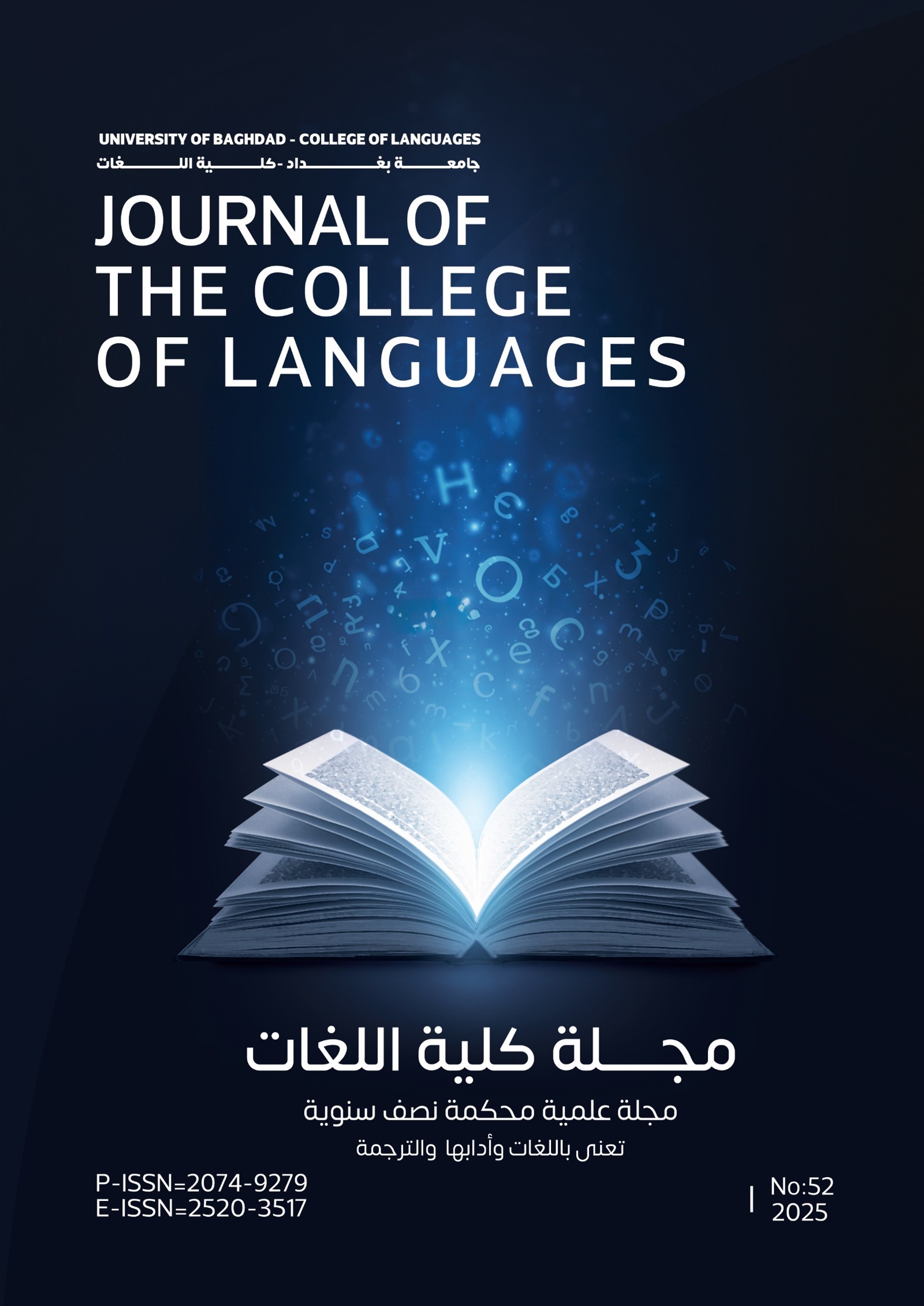The semantic and stylistic characteristics of historicism (marked vocabulary) In the modern russian literary language
Семантико-стилистическая характеристика Историзмов (маркированной лексики) В современном русском литературном языке
DOI:
https://doi.org/10.36586/jcl.2.2020.0.41.0027Keywords:
obsolete vocabulary, marked vocabulary, historicisms, text of literary art, nationally specific vocabulary., устаревшая лексика, маркированная лексика, историзмы,литературно-художественный текст, национально-Abstract
The article considers semantic and stylistic motivations for using obsolete lexicon (historicisms) in the text of a work of art. The specifics of the functioning of this process are presented against the background of the features of the contemporary Russian literary language. Attention is focused on the fact that the layer of obsolete lexical units belongs to a number of nationally specific vocabulary, the development of which forms an understanding of the nature of the actualized language. In addition, it should be noted that the semantics of historicisms is culturally commensurate: the latter is explained by the fact that the deactuation of linguistic units is positioned as parallel to the sociocultural and political changes.
Аннотация
В статье рассмотрены семантические и стилистические мотивации использования устаревшей лексики (историзмов) в тексте художественного произведения. Репрезентирована специфика функционирования процесса на фоне особенностей современного русского литературного языка. Акцентировано внимание на том, что пласт устаревших лексических единиц принадлежит к числу национально-специфичной лексики, освоение которой формирует понимание природы актуализированного языка. Кроме того, необходимо отметить, что семантика историзмов является культурно соизмеримой: последнее объяснимо тем, что деактуализация языковых единиц позиционируется как паралелльная соотносимо с социокультурными и политическими изменениями.
( Received on 24/2/2019 - Accepted on 28/5/2019 - Published on 2/1/2020 )








